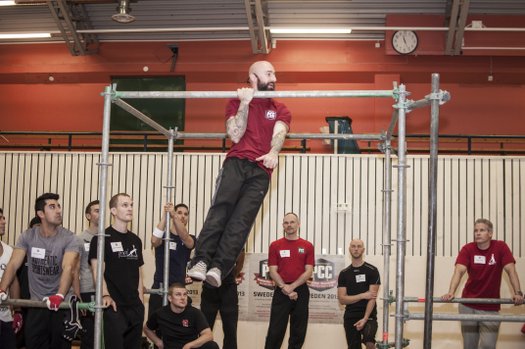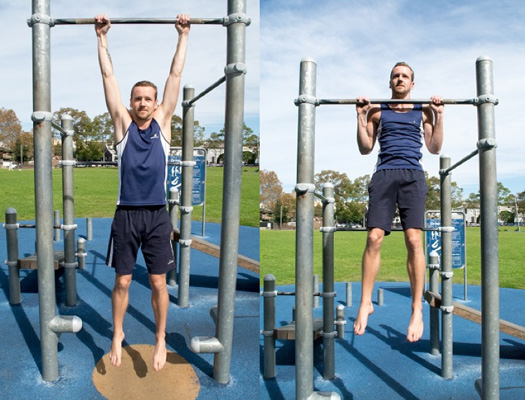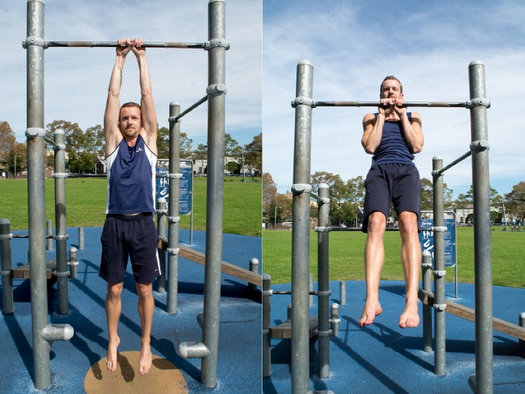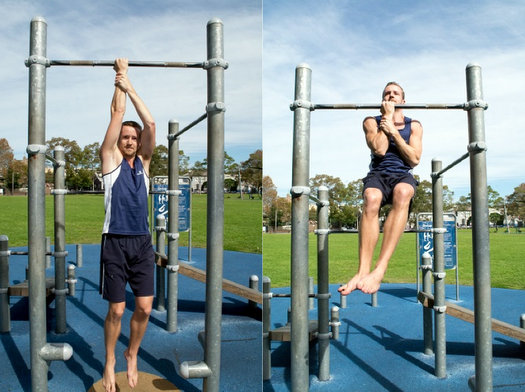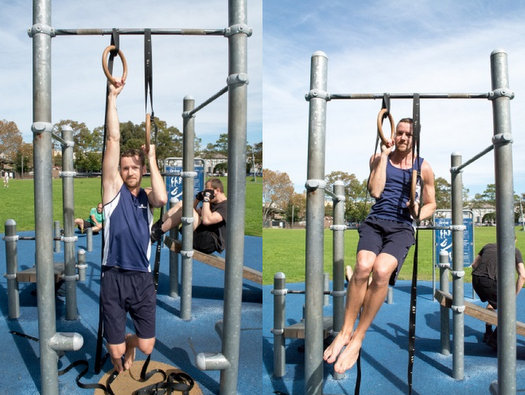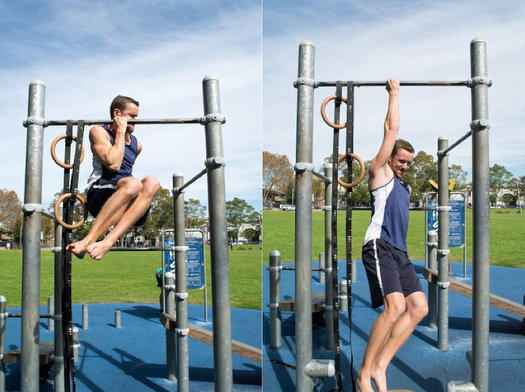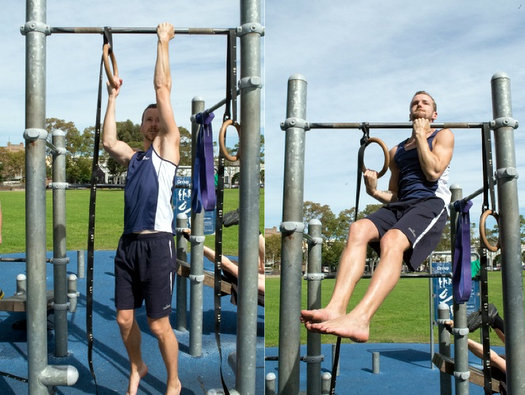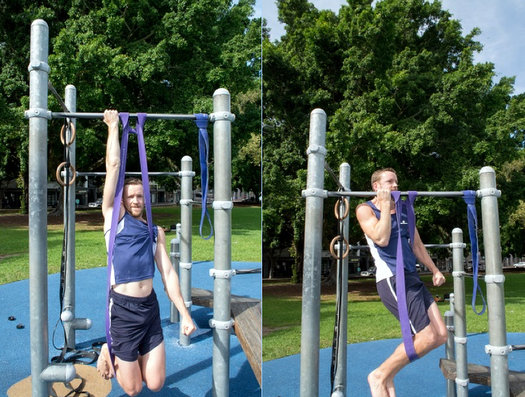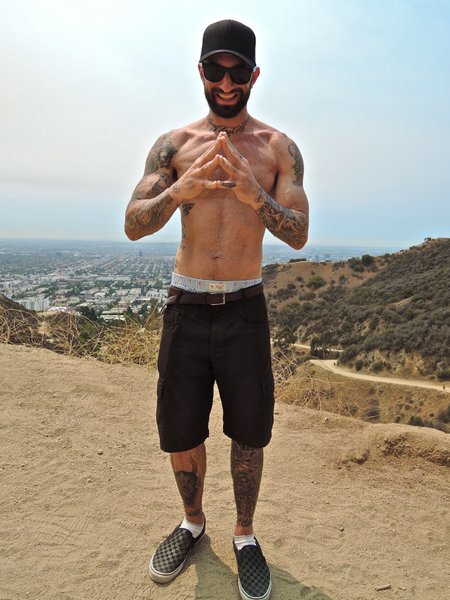
There is a common misconception that you require heavy weights to strengthen your legs effectively. The counter-argument to this is the mighty pistol squat, but leg training shouldn’t end there. There are many great exercises that require no equipment, and are not possible to perform in a gym.
All you need is a steep hill!
The Workout
I perform this workout once a week. The exercises are split into three different sets, and between sets I train a selection of mid-section / core exercises, such as leg raises, bridges and planks.
Below is a short demonstration video of this workout, along with my training partner Yury. You’ll get the impression that we were knackered afterwards!
Important note – before attempting any of these exercises you should ensure that you can perform them on a level surface.
Sprints
Sprinting is probably the first exercise that many will think of when I mention hill training; it is a great explosive exercise for building strength as well as cardiovascular fitness.
To progress/regress simply adjust your speed or use a hill with a different incline. Backwards sprinting is a good variation that will put more emphasis on the hamstrings.
Lunge Walk
From a standing position, step one leg forward as far as you can. Squat down until the back knee is just above the ground, from here step the back foot up to the front foot. Repeat with the other leg.
For an increased challenge, take your back foot straight through into the next lunge. Leaning forward will place more emphasis on the glutes.
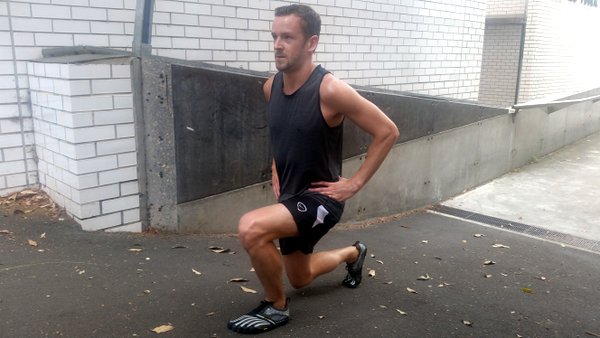
Broad Jumps, Hops, Frog Jumps
Time for some explosive exercises!
Start off with simple broad jumps. Placing your feet shoulder width apart, squat down and jump as far forward as you can. Ensure to land on the ball of your foot and squat as you land to cushion the impact; use your arms to gain extra momentum. It’s important that the knee tracks along the line of the toes as you land. Repeat until you reach the chosen distance.
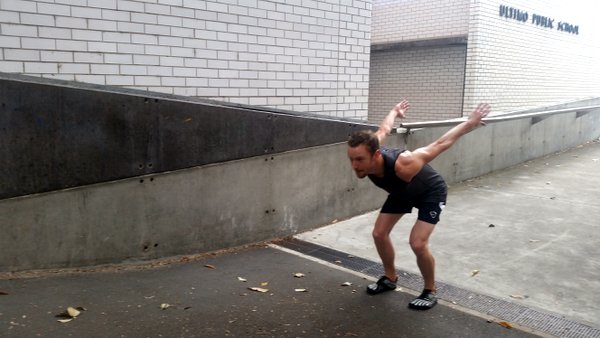
Next, hop up the hill with one leg to get a unilateral workout. Start with your weaker leg, repeat the same distance with your stronger leg; this way you are working both legs equally.
Frog jumps are one of my favorite exercises. Don’t try this exercise until you have a strong deep squat. Go into your squat, balance on the balls of your feet, from here bounce up the hill. The key with this exercise is to bounce low but long, so as not to waste energy.
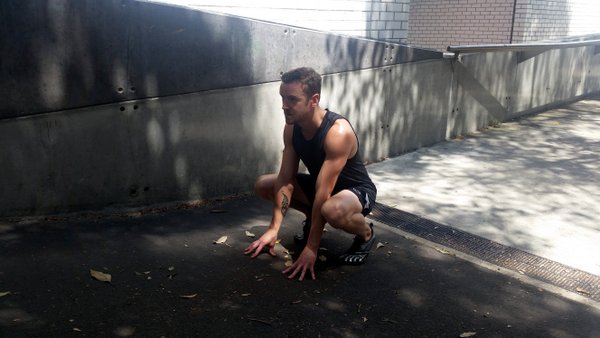
Start out easy with this one, with a handful of jumps. Gradually increase the distance over the following sessions.
Crawls
Crawling is one of our most natural movements. Performing this up-hill turns it into an extremely challenging exercise. This will work your entire Anterior Chain, which are the muscles at the front of your body.
When crawling, your leading arm should be opposite to your leading leg. Try to keep your hips as low as possible, and for increased difficulty keep your knees off the ground.
I could go on and on about the benefits of crawling, but that’s a post for another day.
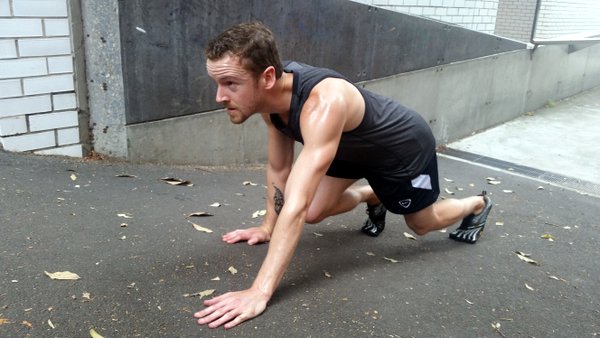
Crab Walks
We’ve worked the Anterior Chain, let’s get into the Posterior Chain!
With the front of your body facing upwards, balance on your hands and feet with your knees at a 90 degree angle.
This exercise is easier to go backwards as you’ll be driving with your legs then rather than your arms. For an extra glute challenge, try to keep your hips up high. This is harder than it sounds.
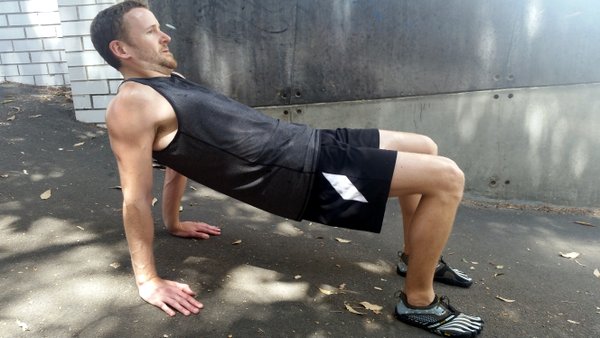
Taking it Further
All of these exercises can be performed backwards or even sideways to alter the muscles worked, but first ensure you get the basics right.
I plan to progress to more challenging exercises in the future. There are lots of advanced crawling patterns that could be attempted, such as bear crawls, Spiderman crawls and commando crawls. Furthermore, I intend to try partner exercises like wheelbarrows, piggy-backs and fireman’s lifts. So stay tuned.
